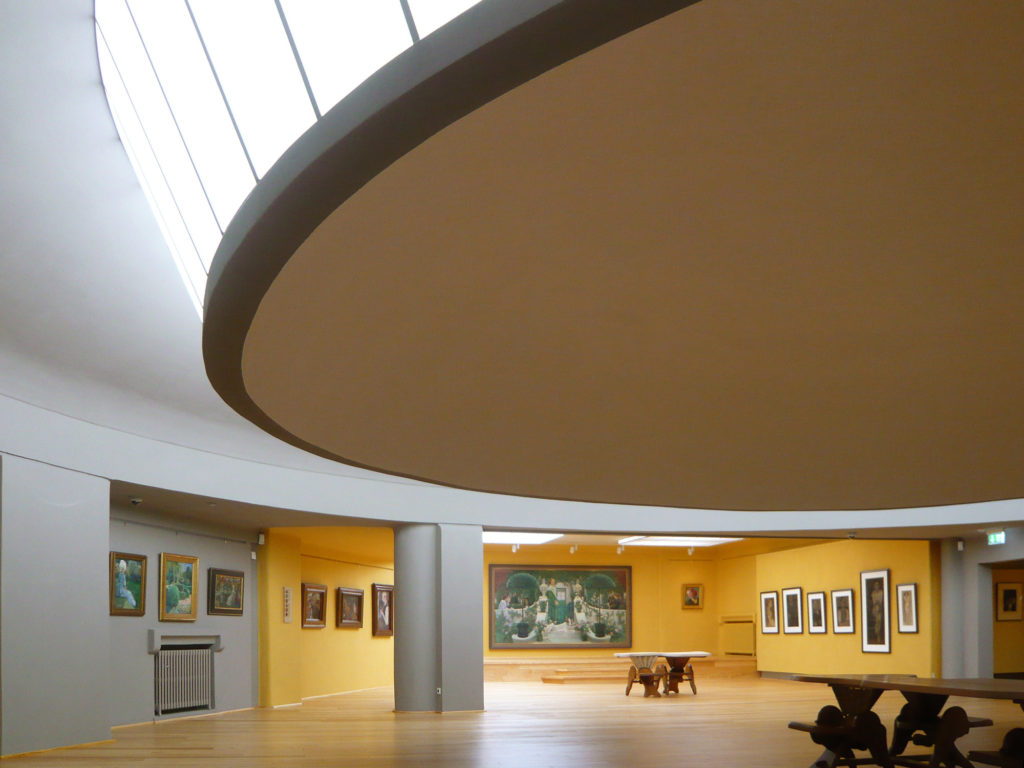Fascinated by the beauty of the sky and the landscape of the Teufelsmoor, young painters started to settle in the artist’s colony of Worpswede. What a dream, to depict nature and peasant life in the outdoors and create together. Soon, Worpswede became a well-known community throughout the country, and in 1895, the artists were featured in a joint exhibition at Munch’s Glaspalast. Their reputation attracted other artists, as well as the poet Rainer Maria Rilke, to the village. It’s where Rilke met the sculptress Clara Westhoff, whom he later married. Other couples evolved: Heinrich and Martha Vogeler married, as did Otto Modersohn and Paula Modersohn-Becker.
Of course, where there’s many different people, there are many different viewpoints. The family of artists was quickly broken up because of political and artistic differences, not helped by the First World War. Hans am Ende fell in combat, Heinrich Vogeler radically broke with his art and embraced communism. Otto Modersohn had already left Worpswede earlier after his wife Paula died. At the same time, a second generation of artists popped up, ready to continue the local tradition. Some of them supported National Socialism, others responded passively. Mostly, the public remembered this colony because of the Junge Worpsweder Gruppe and the work of surrealist Richard Oelze. Artists continued to come to Worpswede to be inspired.
In 2008, funds were provided by the European Union for the “Worpswede Master Plan”. These funds were allocated for the complete renovation and modernisation of the four major museums of Barkenhoff, Große Kunstschau, Haus im Schluh and the Worpsweder Kunsthalle, as well as for the new design of the visitors’ centre in the Philine-Vogeler-Haus.
Come visit!

















